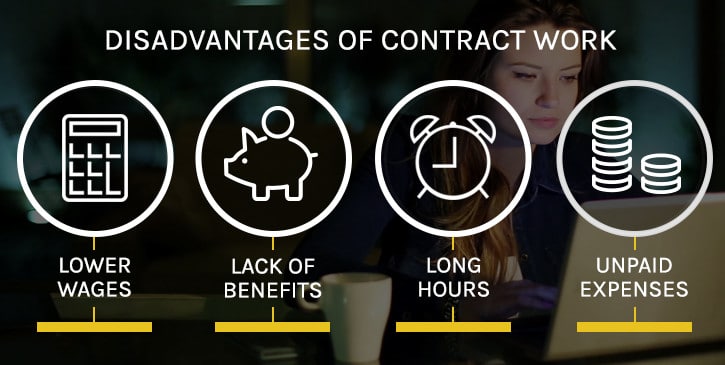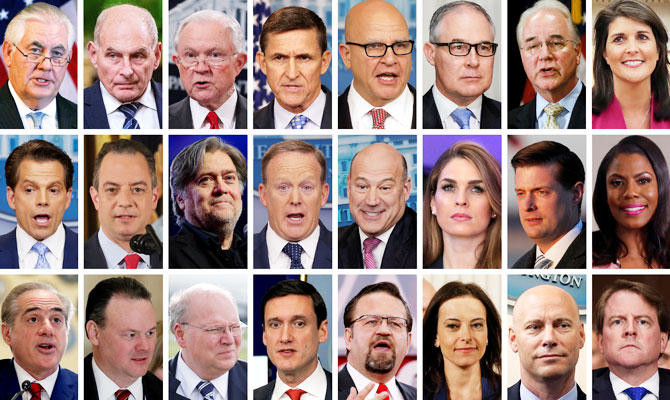Post-Trump: Undoing the Damage

Part I: Get government on the side of workers and make the ‘gig economy’ a personal choice.
Scalia’s Revenge
One of the hallmarks of Donald Trump’s failed presidency was his choices to occupy senior positions in his administration, starting with his cabinet. Most of Trump’s unhinged selections were a) based on loyalty rather than competence, b) designed to shock people (“own the libs”) by how far right wing the nominees claimed allegiance and c) made to flaunt the total unsuitability to the position for which the official was selected.
Trump’s choice for Secretary of Labor (in 2019, after his first choice fizzled in acrimony), an heroic name in conservative circles, certainly met the last criterion. It seems someone forgot to inform Eugene Scalia, son of the late Supreme Court justice, that he was running the department of labor. As we shall see, Scalia’s tenure with the labor department was notable for “his antagonism towards labor and the weakening of workers’ rights.“
Scalia’s final crowning achievement, in the form of a federal rule issued on Jan. 6 (a day that will certainly live in infamy for another reason), pretty much sums up what the Trump administration really thinks of its vaunted working class “base.”

A Boost for the Gig Economy
Under the rule issued by the labor department, it will be harder for gig workers, or others involved in contract work, to be considered employees of companies under federal law. The Trump administration accomplished this by narrowing the broad definition of “employee” under the Fair Labor Standards Act, thus making it easier for firms to classify workers as independent contractors instead of as employees. The rule takes effect on Mar. 8.
The Fair Labor Standards Act, enacted in 1938 during the Great Depression, sets rules for employer/employee relations. It was originally meant to protect workers from employer abuses.
Staggering Costs
Numerous jobs could be affected by this rule change: truck drivers, contract nurses, janitors, house cleaners and restaurant workers, potentially stripping them of benefits and protections that come with employee status.
The Economic Policy Institute (EPI) estimates that the rule would cost workers $3.7 billion annually, in the form of reduced pay and benefits and paperwork costs. Further, safety net pillars, such as Social Security, Medicare, unemployment insurance and workers’ compensation, would lose at least $750 million annually because of reduced employer (and employee) contributions.

Chipping Away at Workers’ Rights
Through executive orders and agency regulations, the Trump administration at every turn favored the interests of corporate shareholders and the Republican donor class over those of working people. The attacks centered on worker health and safety, wages and collective bargaining rights.
Examples abound and this summary does not do justice for the steady, nit-picking assault on workplace protections. In one fell swoop on May 25, 2018, Trump issued three executive orders weakening federal collective bargaining rights by shortening bargaining timeframes and weakening due process safeguards for federal workers subject to discipline.
Another executive order claimed to require the country’s meatpacking plants to remain open, even though 44,000 meatpacking workers had tested positive for COVID-19. The document couldn’t actually say that without inviting legal jeopardy, but was used by agencies to intimidate local authorities to keep plants open, no matter what.
Early in his administration, Trump blocked a rule requiring federal contractors to disclose their violations of federal labor laws. The president all but ensured that contractors with bad employment records keep collecting taxpayer dollars.
Health and Safety
A Trump executive order in his first 100 days diluted the Workplace Injury and Illness recordkeeping rule, making it impossible for the Occupational Safety and Health Administration (OSHA) to keep accurate records and keep workers safe.
Mine safety came under attack in April 2018 when a rule was finalized limiting the time mine safety inspectors could perform their onsite work. An agriculture department rule allowed unlimited increases on hog slaughter line speeds.
The Right to Organize
The National Labor Relations Board (NLRB) was as busy as a bee during the Trump administration making it tougher for workers to find information on unions, form bargaining units, hold elections and even keep their unions. In one outrageous rule, the NLRB proposed to deprive student workers of their right to organize. The target: the more than 57,000 graduate assistants plus working graduate students at private universities.

Undoing the Damage
There was a time in America’s recent history that our government consciously took the side of workers and encouraged the formation of labor unions. Through the G.I. Bill and the National Defense Education Act, millions of veterans and working class people were able to pursue higher education, build homes and start businesses. It was based on the notion that government, working with the private sector, could create a shared prosperity.
There was a time when American corporations understood they had larger purposes and obligations than merely maximizing shareholder value. It was part of a social contract that worked well…for everyone…until a generation ago.
Congressional Review Act
President Biden stands ready to lead a county that’s far different from the days of shared prosperity. It’s a country where there seems to be two different sets of reality, where people are divided on simple facts. How can Biden govern in such a polarized environment? We’re about to find out.
Trump’s damaging executive orders can be repealed as easily as Trump cancelled many of President Obama’s executive actions. For final rulemaking activity in federal agencies, Biden has at his disposal the Congressional Review Act (CRA) to purge the vilest of Trump’s anti-worker schemes.
We have a pro-worker president. Let’s get to work.
Editor’s note: This is Part One of occasional articles that examine the Trump administration’s worst excesses and what can be done about them. Future installments will focus on immigration, the environment and climate change, among others.

















































































































